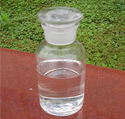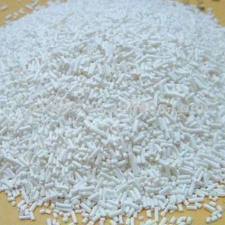Products
Home  News
News
 News
NewsThe Enviromental Impact of Benzoic Acid
BENZOIC ACID may be released into the environment as emissions or, more commonly, in wastewater during its production and use as a chemical intermediate and additive.Benzoic acid and sodium benzoate are commonly added to food products as preservatives and as antimicrobial agents. Formed in combustion processes, benzoic acid is found in automobile exhaust, refuse combustion, and tobacco smoke.
BENZOIC ACID is also widely distributed in nature and naturally occurs in food such as berries. If released on land, benzoic acid should leach into the ground due to its low soil adsorption and biodegrade (half-life <1 wk).
If released in water, benzoic acid should also readily biodegrade (half-life 0.2-3.6 days). Adsorption to sediment and volatilization should not be significant. While bioconcentration in fish and algae is not important, there is some evidence that bioconcentration in aquatic species like daphnia and snails may be considerable. In the atmosphere, benzoic acid will be largely associated with aerosols, be subject to gravitational settling, and be scavenged by rain. The general population will be exposed through ingestion of food containing BENZOIC ACID either naturally or as an additive. Occupational exposure should be primarily through dermal contact or inhalation of aerosols containing the chemical.
Copyright © 2008 Jiyou Industries Co.Ltd






